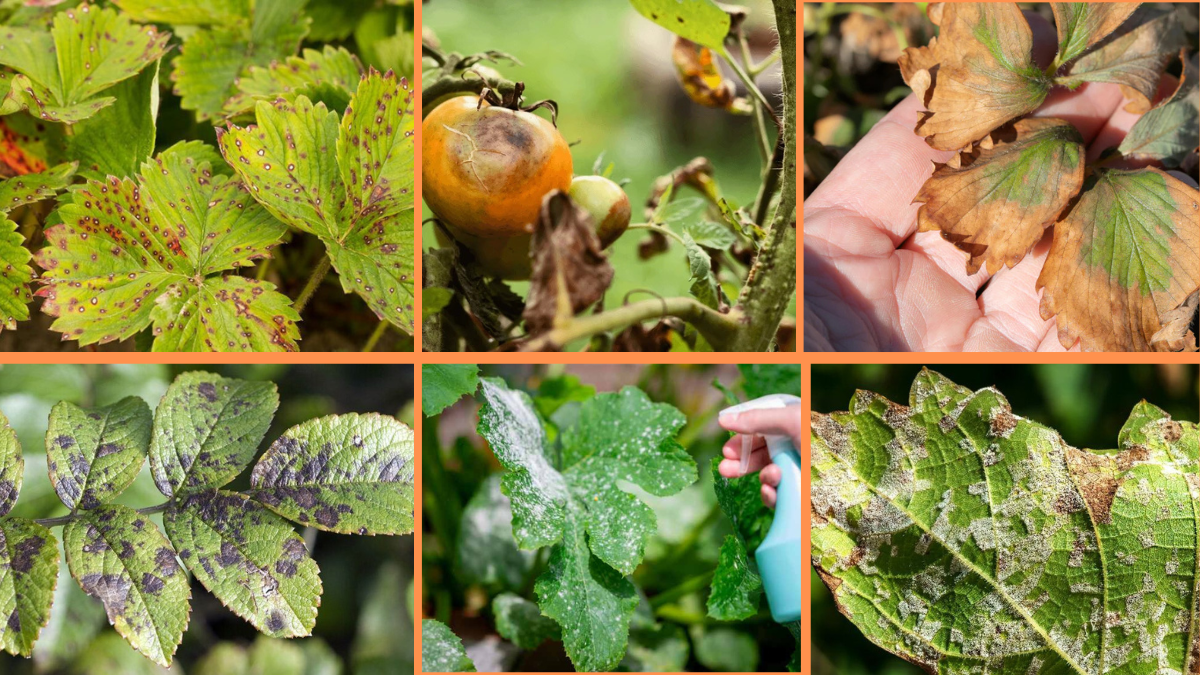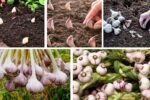Healthy plants are the pride of every gardener, whether you’re tending a small indoor plant or cultivating a large garden. However, just like humans, plants are susceptible to diseases that can stunt growth, spoil their beauty, or even kill them. Early identification of plant diseases is key to successful treatment and prevention. But how can you tell if your plant is struggling with a disease? Here are 10 essential tips to identify common plant diseases effectively — so you can act fast and keep your plants thriving.
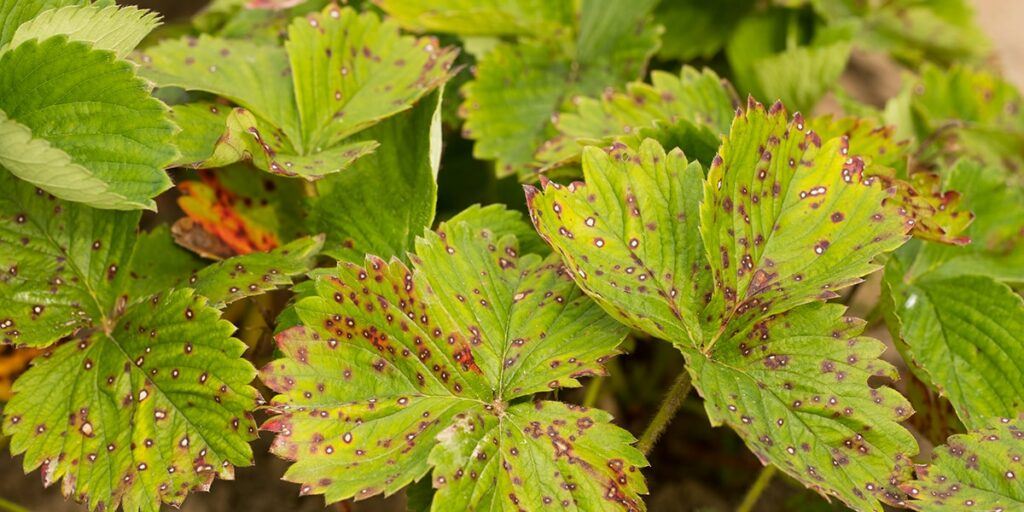
1. Look Closely at the Leaves
Leaves are often the first place diseases show symptoms. Healthy leaves are typically vibrant and uniform in color. When you spot unusual spots, discoloration, or changes in texture, it’s a strong sign of trouble.
- Leaf spots: Brown, black, or yellow spots are classic symptoms. For example, leaf spot diseases caused by fungi or bacteria create spots with distinct borders.
- Yellowing: Also known as chlorosis, yellow leaves may indicate root diseases or nutrient deficiencies.
- Curling or wilting: Leaves curling up or down can signal viral infections or infestations.
- Powdery or downy mildew: White or gray powdery patches on leaves often mean fungal infections.
Regularly inspect the leaves’ tops and undersides, as some pathogens hide underneath.
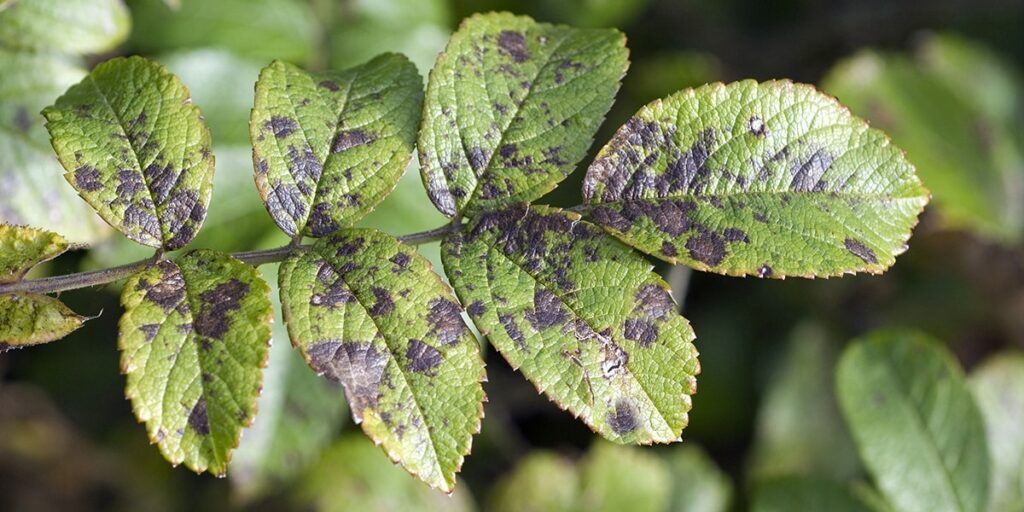
2. Check the Stems and Branches
Diseases are not limited to leaves. Stems and branches can also show signs of infection, especially in woody plants.
- Cankers: These are sunken, dead areas on stems or branches, often dark brown or black. They disrupt nutrient flow and weaken the plant.
- Oozing sap or gum: Sticky substances or sap leakage can indicate bacterial infections.
- Cracking or splitting: Disease or environmental stress can cause cracks or splits in the bark.
- Discoloration: Dark streaks or patches often suggest fungal infection.
Touch the stems — soft or mushy areas might indicate rot or decay.

3. Observe Root Health
Roots are hidden but vital. Many diseases affect roots first, so if the above-ground parts show symptoms like wilting or yellowing, roots might be the culprit.
- Rotting roots: Soft, brown, or black roots with a foul smell typically indicate root rot caused by fungi such as Phytophthora.
- Root knots: Swollen, knobby roots may suggest nematode infestation.
- Poor growth: Stunted plants with sparse roots can be struggling with soil-borne diseases.
Carefully dig around the plant base and gently remove soil to inspect roots.
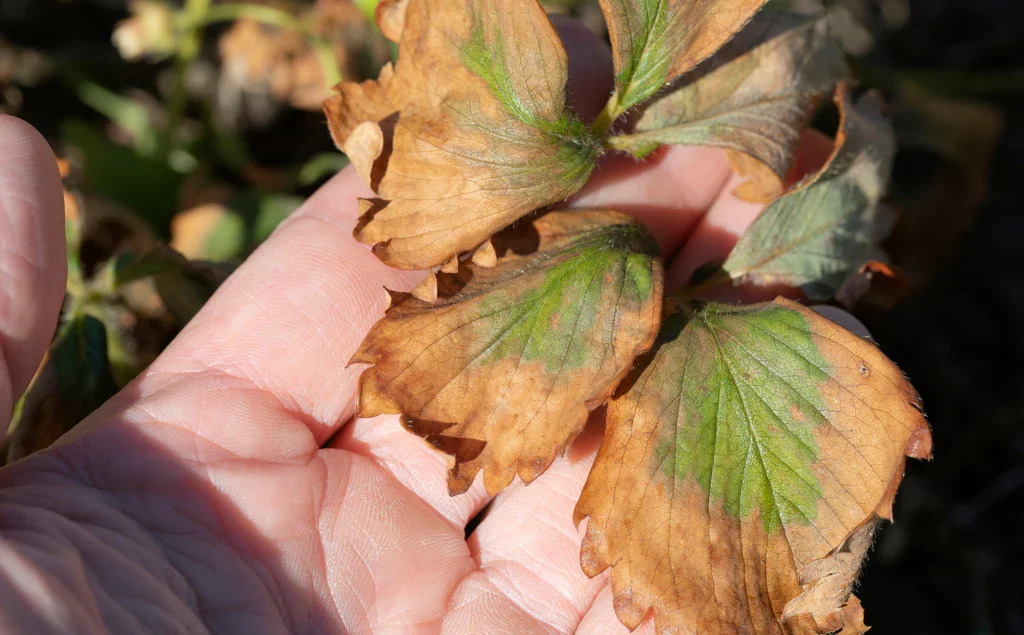
4. Watch for Wilting and Drooping
Wilting is a classic symptom but doesn’t always mean a lack of water.
- Disease-induced wilting: Vascular diseases like Verticillium or Fusarium wilt block water transport inside the plant, causing leaves to droop despite adequate watering.
- Pattern: Wilting usually starts in lower leaves and moves upward.
- Temporary vs. permanent: Temporary wilting may recover with water, but disease-related wilting worsens.
If watering doesn’t help, investigate further.
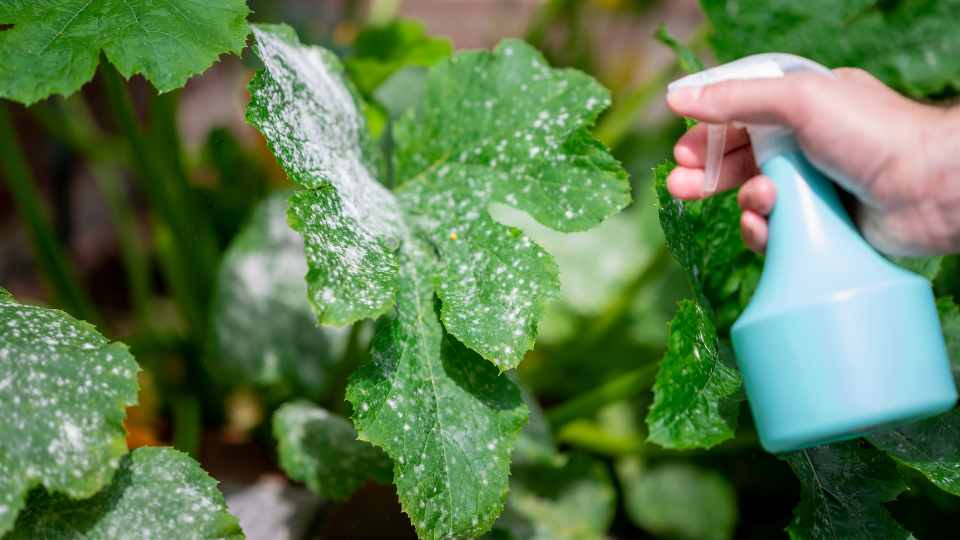
5. Spot Mold, Mildew, or Fungal Growth
Fungi are among the most common plant pathogens. Their presence is often visible as growths or discolorations.
- Powdery mildew: White powdery patches on leaves and stems.
- Downy mildew: Yellow spots on upper leaf surfaces with grayish fuzz underneath.
- Rust: Orange or reddish pustules, usually on the undersides of leaves.
- Sooty mold: Black, soot-like coating caused by fungal growth on honeydew secretions from sap-sucking insects.
Identifying fungal growth early can prevent spreading.

6. Notice Any Abnormal Growths or Deformations
Plant diseases can cause strange growth patterns and deformities.
- Galls: Rounded, tumor-like swellings on leaves, stems, or roots caused by bacteria, fungi, or insects.
- Leaf curl: Twisted or puckered leaves often indicate viral infections or aphid damage.
- Stunted growth: Diseased plants may fail to reach normal size.
- Yellow veins: Sometimes diseases cause veins to turn yellow while leaf tissue remains green, a symptom of viral infection.
If your plants look “off” or unusually shaped, consider disease.
7. Look for Signs of Pest Damage
Some diseases are transmitted or worsened by pests.
- Chewed leaves or stems: Caterpillars, beetles, or grasshoppers may cause wounds that lead to infection.
- Honeydew or sticky residue: Aphids, whiteflies, and scale insects excrete a sugary substance that promotes fungal growth.
- Presence of pests: Visible insects or larvae often correlate with disease spread.
Controlling pests is a crucial step in managing plant diseases.
8. Pay Attention to Timing and Spread
How and when symptoms appear can give clues about the disease.
- Sudden vs. gradual: Sudden wilting may mean bacterial wilt, while gradual yellowing might indicate nutrient deficiency or fungal infection.
- Pattern of spread: Diseases often spread from lower leaves upwards or from one plant to another.
- Seasonal occurrence: Some diseases thrive in wet or humid weather, others in dry conditions.
Keep a journal or notes of when symptoms begin and how fast they progress.
9. Use a Magnifying Glass or Microscope
Many disease symptoms are microscopic or subtle.
- Spores: Fungal spores often look like tiny dots or fuzz under magnification.
- Bacterial ooze: Sticky bacterial exudates can be more visible up close.
- Insect eggs or larvae: Small pests that spread diseases are easier to spot.
This tool helps confirm suspicions and aids in identification.
10. Consult Reliable Resources or Experts
When in doubt, don’t hesitate to seek professional help.
- Plant pathology books: Comprehensive guides offer pictures and descriptions of symptoms.
- University extension services: Many agricultural schools offer free or low-cost diagnosis.
- Online databases and apps: Tools like Plantix, iNaturalist, or local gardening forums help identify diseases with photo uploads.
- Local garden centers or nurseries: Experts there often recognize common local diseases.
Early and accurate diagnosis ensures proper treatment and control.
Common Plant Diseases You Should Know
Here are a few diseases frequently encountered by gardeners:
- Powdery mildew: A fungal infection causing white powdery spots on leaves.
- Leaf spot: Caused by various fungi and bacteria, leading to dark spots.
- Root rot: Fungal infection in waterlogged soils, making roots mushy.
- Rust: Produces rust-colored pustules on leaves.
- Blight: Rapid death of plant tissues, often brown or black patches.
- Wilt diseases: Block vascular tissues, causing leaves to droop and die.
Recognizing these symptoms early can save your plants.
Prevention and Treatment Tips
- Remove infected parts: Prune and dispose of diseased leaves and branches.
- Improve air circulation: Avoid overcrowding plants to reduce humidity.
- Water carefully: Water at the base, not overhead, to prevent fungal spores from spreading.
- Use disease-resistant varieties: Choose plants bred to resist common diseases.
- Maintain soil health: Healthy soil supports strong plants.
- Apply fungicides or bactericides: Use as a last resort and follow instructions carefully.
Final Thoughts
Identifying plant diseases can be challenging, but with practice and attention, it becomes easier. By following these 10 tips—observing leaves, stems, roots, spotting fungi, noting growth patterns, and consulting resources—you will be better equipped to diagnose and treat common plant ailments. Your plants will thank you with lush, vibrant growth and beautiful blooms.
Stay vigilant, and happy gardening!
